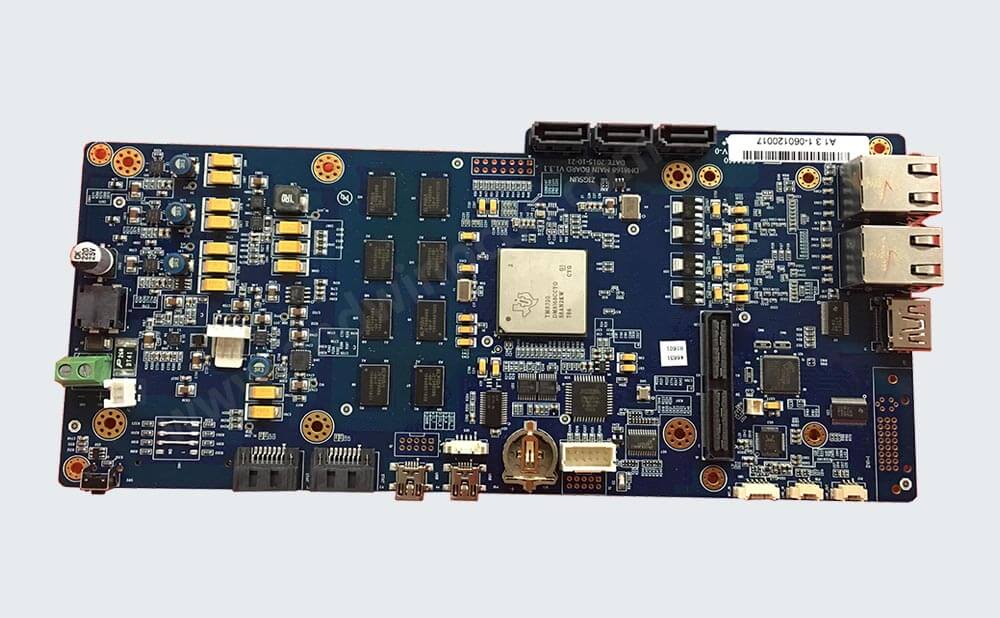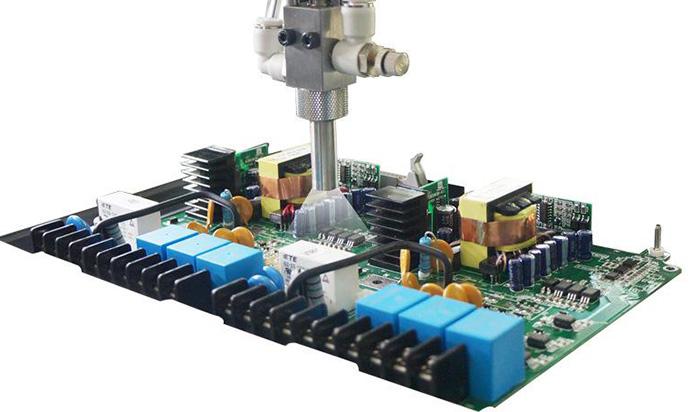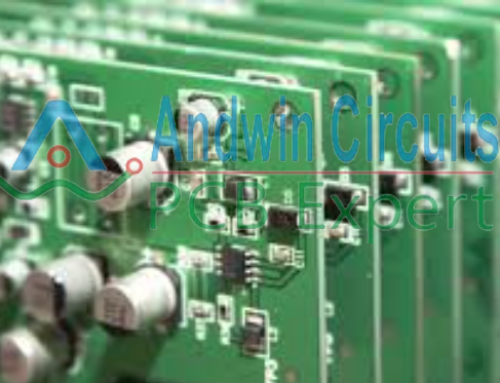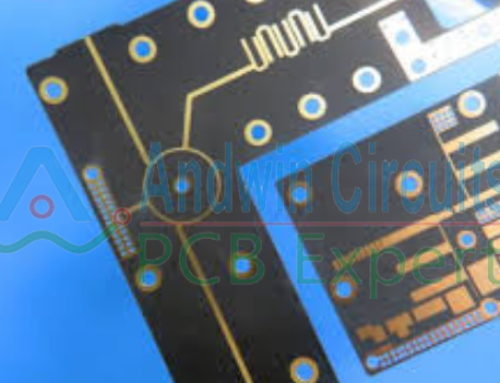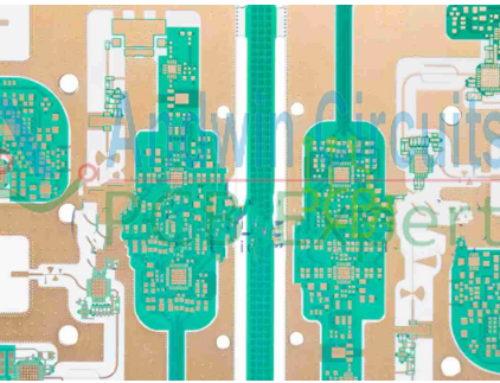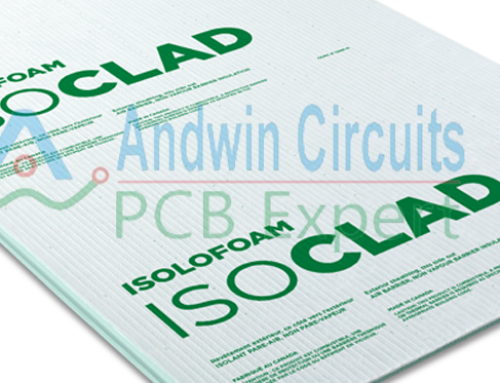SMT board assembly
Get free custom quote
Surface Mount Technology or SMT, in short, is a process of fabricating PCBs by the use of a through-hole approach.
SMT’s idea is to eliminate the need to make the leads of the components going through the PCB. SMT is the first approach to PCB fabrication today. SMT is efficient, faster, and cost-effective.
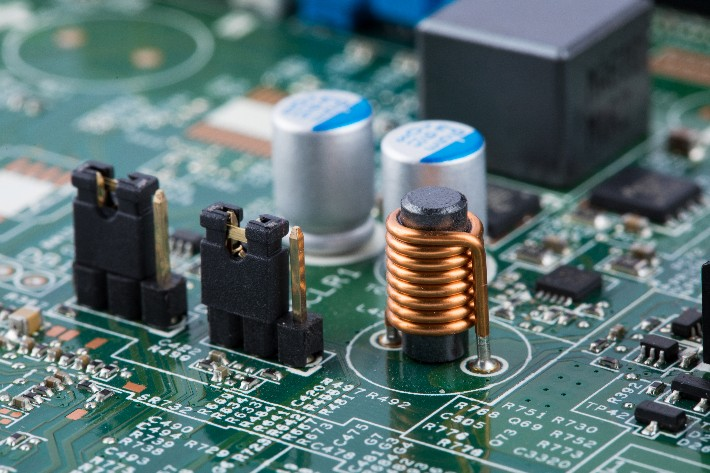
Andwin service
Chip Programming & Functional Testing
Rowsun offers chip programming and functional testing to streamline your production, guarantee flawless output, and eliminate potential issues. Experience our dedication to quality and efficiency.
Strong production capacity
Empowering your business with 6 state-of-the-art imported PCB Assembly lines.
Commitment to Quality
Aligning with ISO9001, UL and RoHS EU Green Environmental Certification for responsible production.
Component Procurement Peace of Mind
By choosing Rowsun for component sourcing, you gain access to cost-effective solutions, reliable suppliers, and a streamlined procurement process. Let us handle the complexities, so you can focus on your core business.
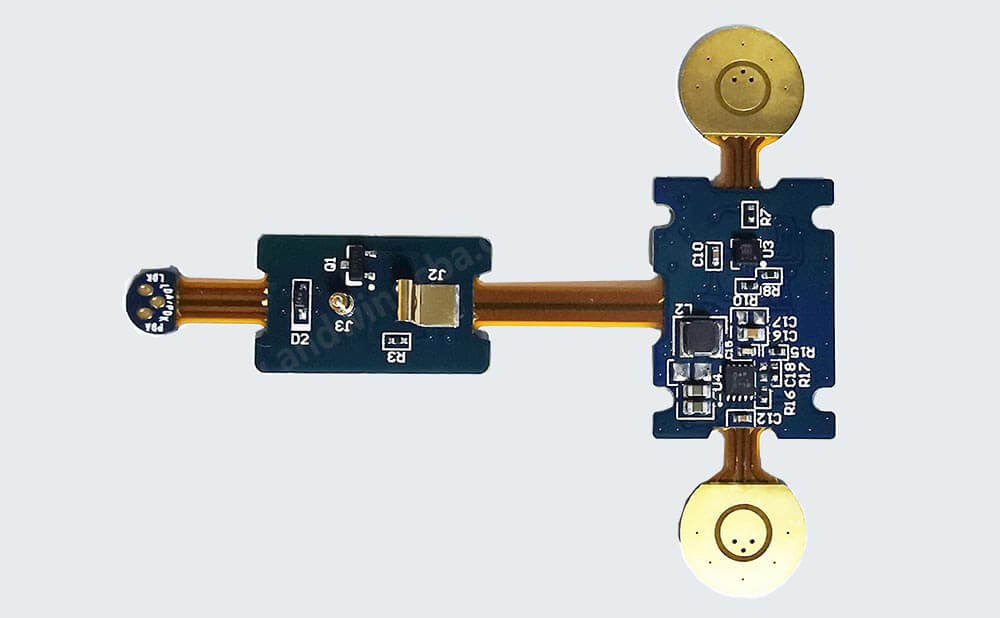
How does SMT Machine Work?
Surface mount technology machines, also known as robotic machines, are used to place a PCB on an empty board.
These machines are automatic and programmed to pick individual pieces and place them on a PCB.
Here, several subsystems work in unison to pick and place components on a bare board. These machines are automated and rate every detail on a circuit board by using precise pre-programmed X-Y coordinates. The SMT machine works through the following ways:
Component Placement – just as the name suggests, component placement involves using pick-and-place machines to place components on a bare PCB.
These components are known as surface-mount devices (SMDs).
SMT Printing – SMT printing involves printing solder paste onto a surface mount assembly to form a printed circuit board. Finish SMT printing by using a template or metal mesh. SMT printing is an initial and vital part of the SMT process.
Reflow Soldering Process – The reflow soldering process involves a process in which we solder one or thousands of electronic components to the contact pads. After this, the entire circuit board must withstand a certain amount of heat.
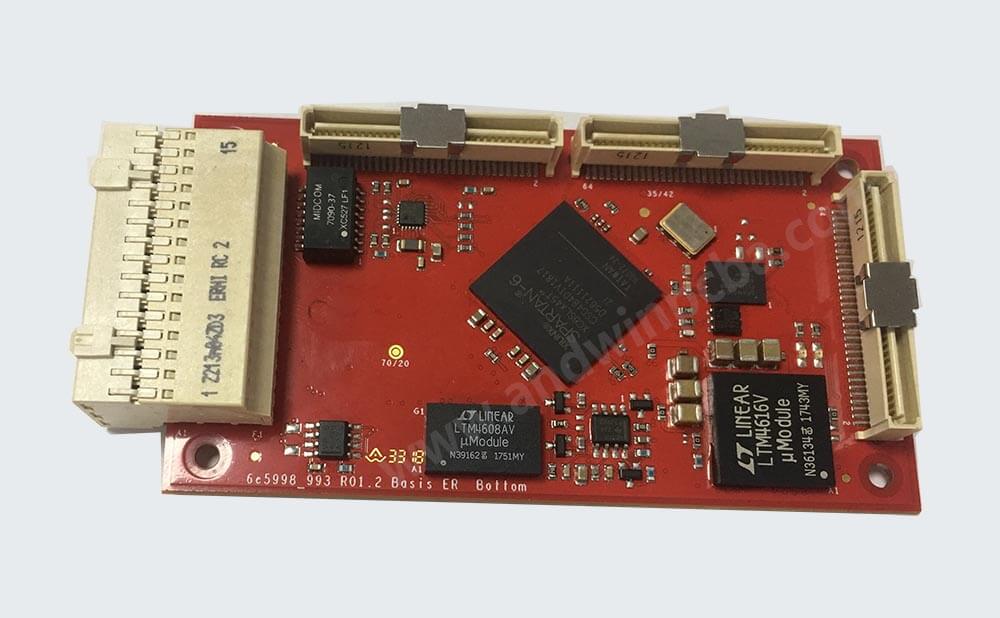
SMT Manufacturing Process
The SMT manufacturing process is broadly grouped into 3 stages, namely: solder paste printing, components placement, and reflow soldering. However, due to the demands of the SMT production process, these stages are further analyzed in the following outline:
1. SMC and PCB Preparation
2. Solder Paste Printing
3. Components Placement
4. Reflow Soldering
5. Cleaning and Inspection
Other PCB products, you may interesting




